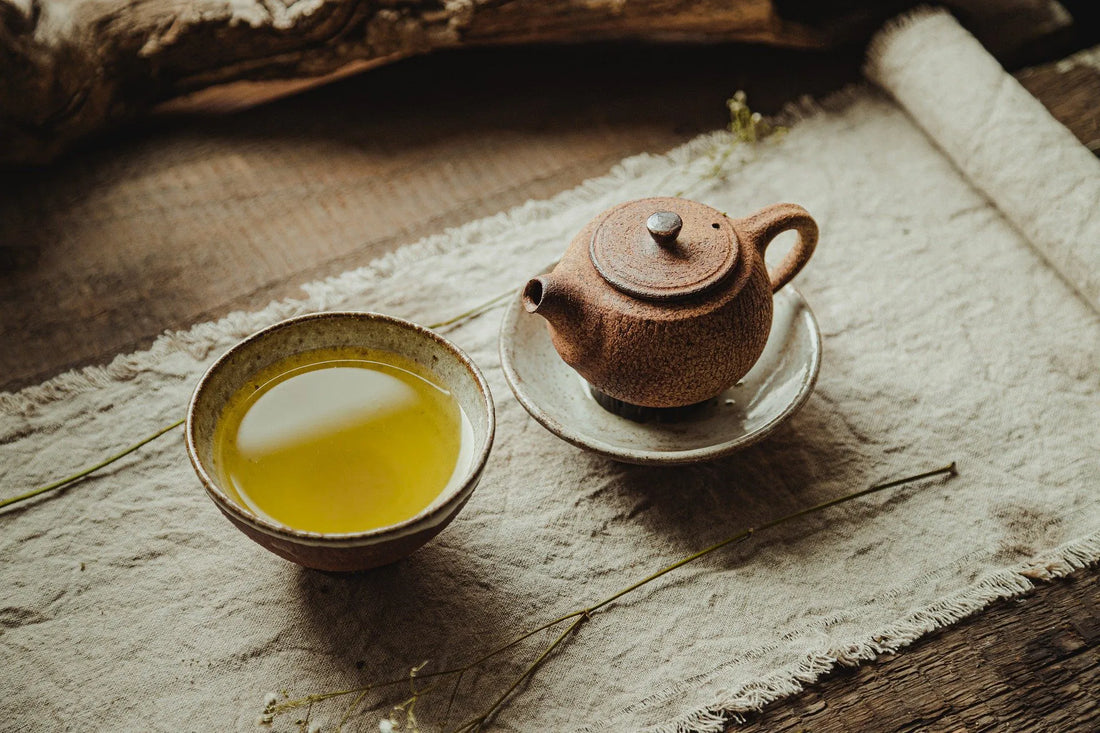Yellow tea is a rare and lesser-known type of tea that is produced almost exclusively in China. It is similar to green tea but has a unique processing method that gives it a distinctive flavor, aroma, and appearance.
Yellow tea is made from the young leaves of the Camellia sinensis plant. The leaves are first withered, then steamed or pan-fired to stop oxidation. After this, the leaves are wrapped in cloth or paper and allowed to rest for several hours. This allows for the slow oxidation of the leaves, which gives yellow tea its unique flavor and aroma.
The final step in producing yellow tea is to heat the leaves again, which fixes the color and stops further oxidation. The resulting tea is light in color and has a delicate, sweet flavor that is often described as nutty or grassy. It is less astringent than green tea and has a smoother finish.
Yellow tea is considered to be one of the rarest and most expensive types of tea due to its complex processing method and limited production. Some popular varieties of yellow tea include Junshan Yinzhen and Huoshan Huangya.
Yellow tea shares many health benefits with green tea, as it is rich in antioxidants that can help decrease inflammation, enhance the immune system, and improve general health and wellness. Additionally, yellow tea contains caffeine, which can offer a natural source of energy.





